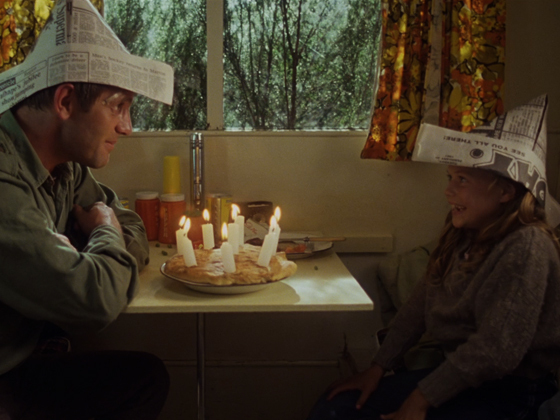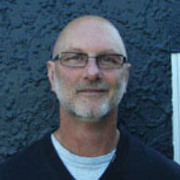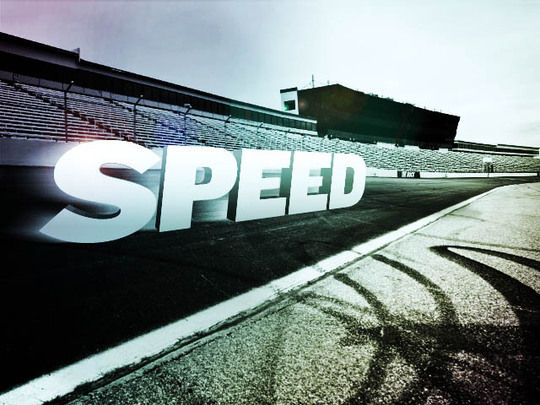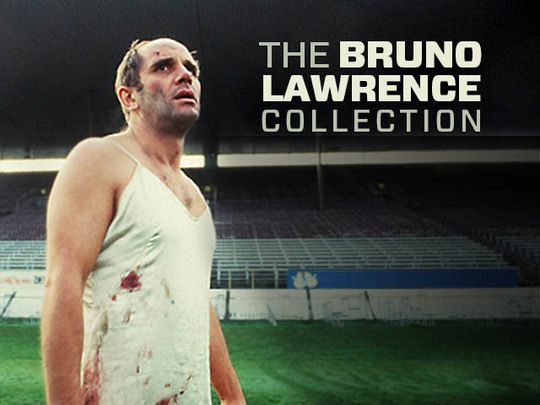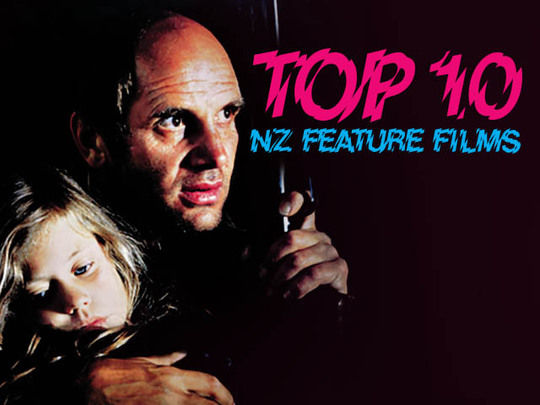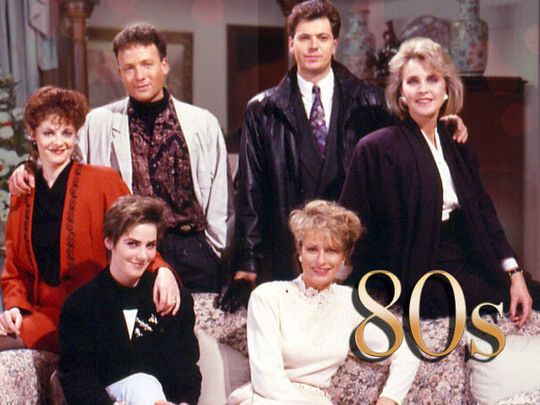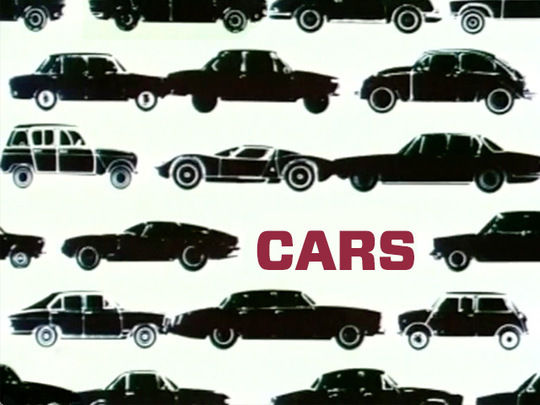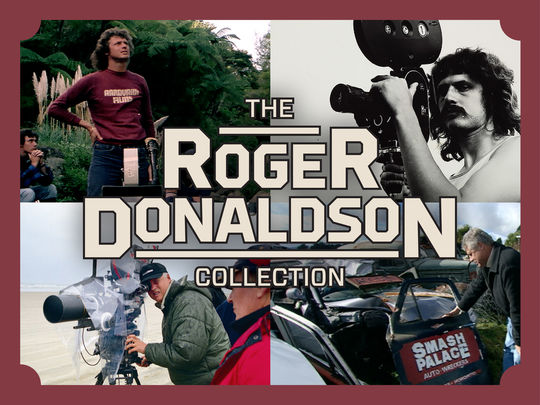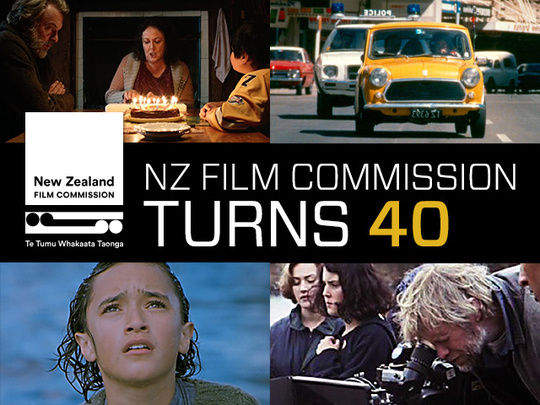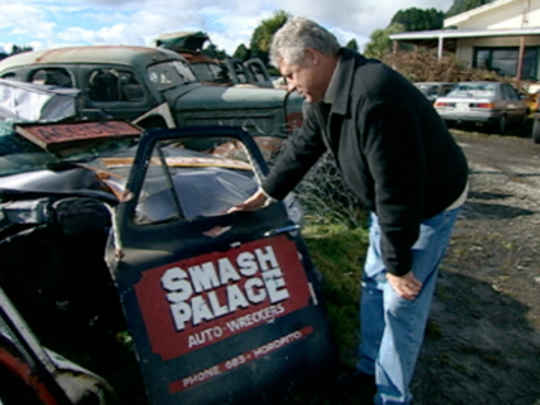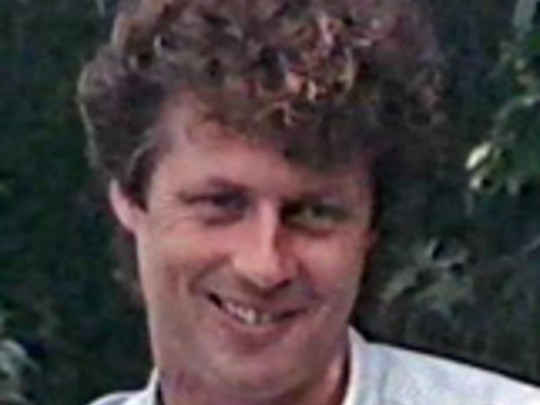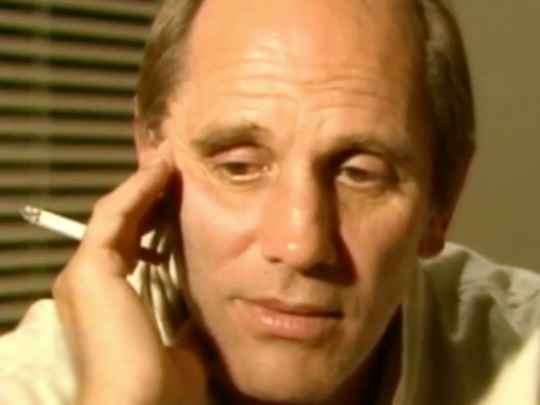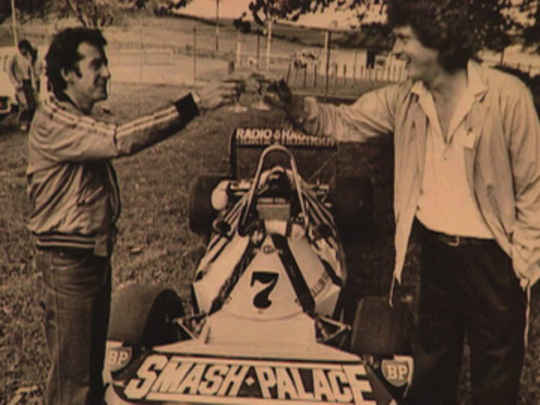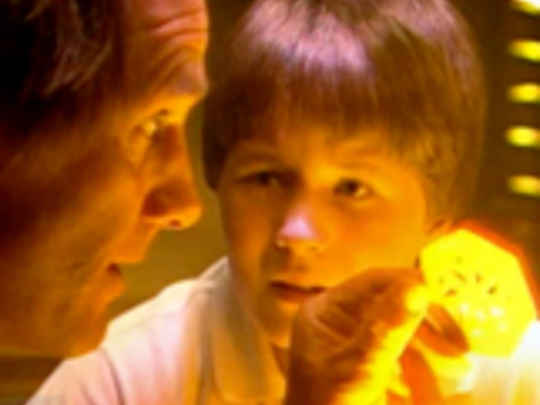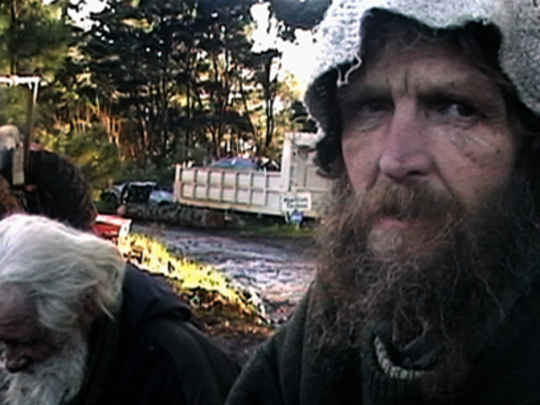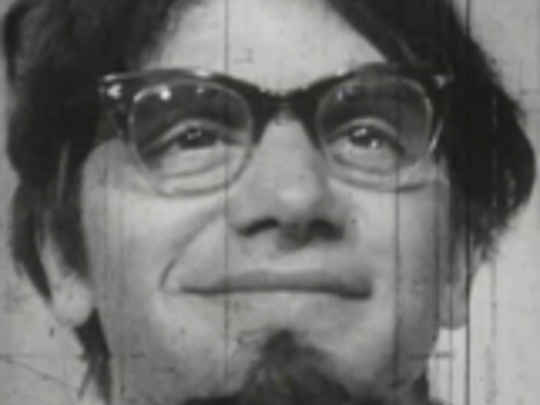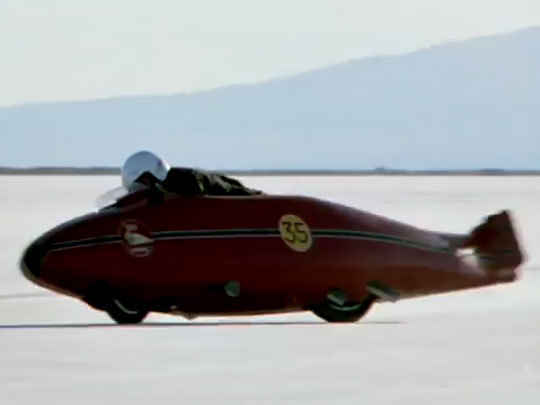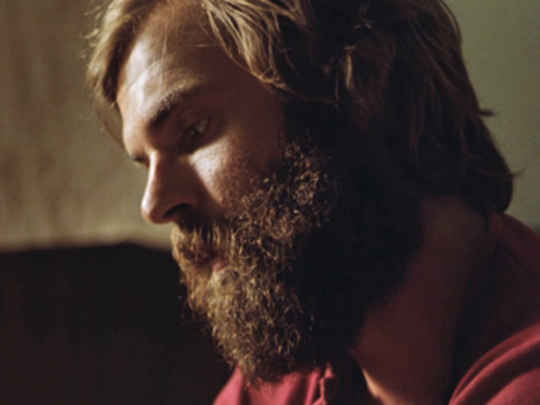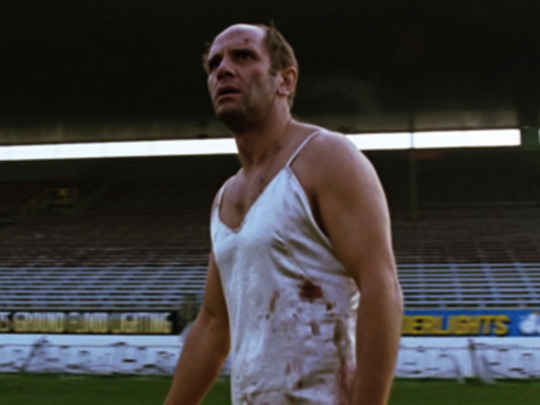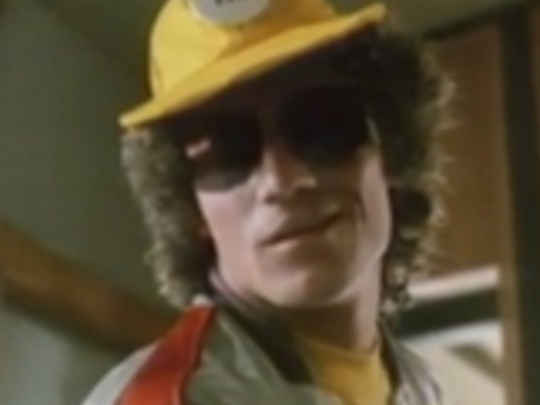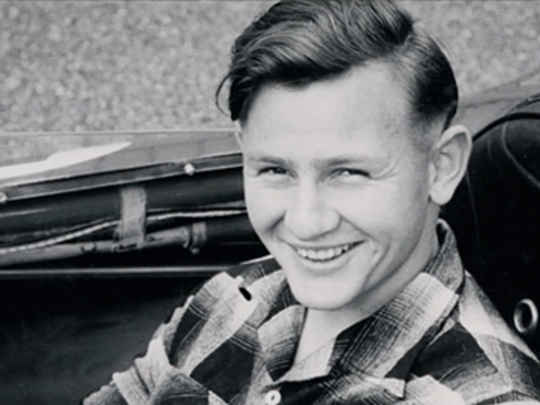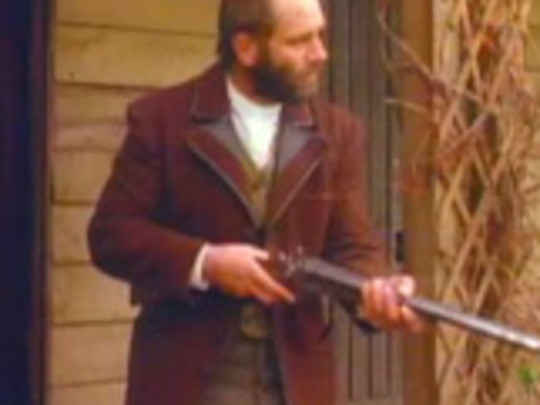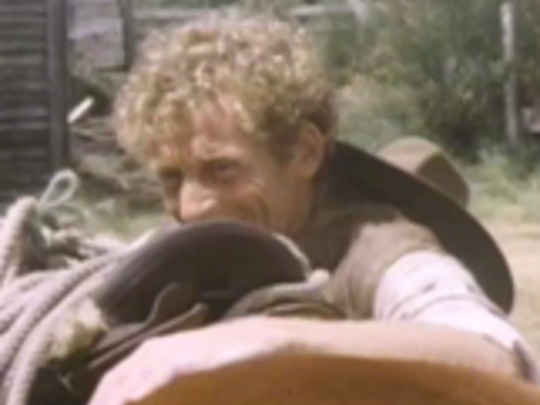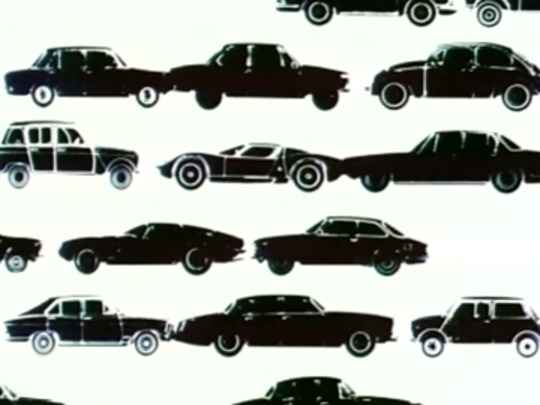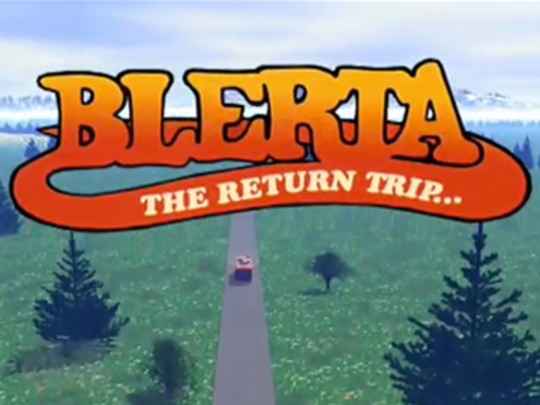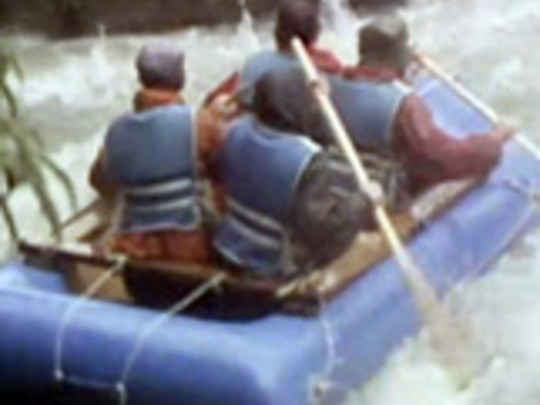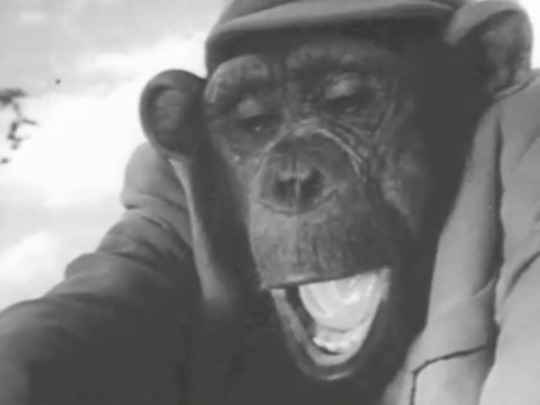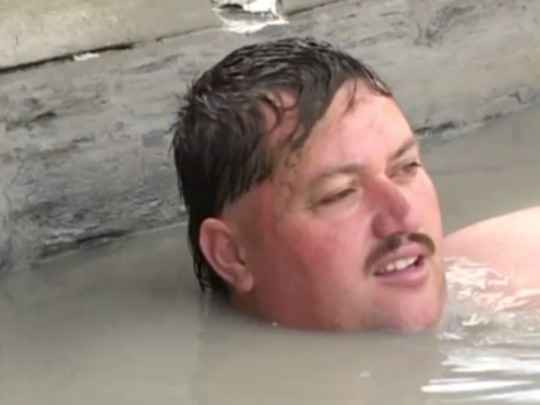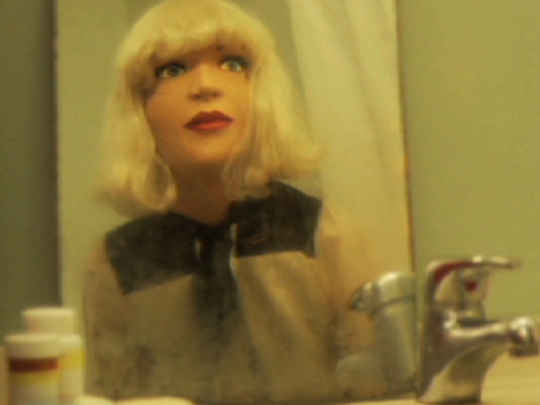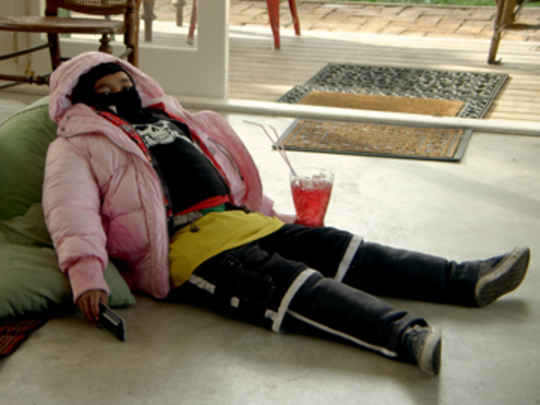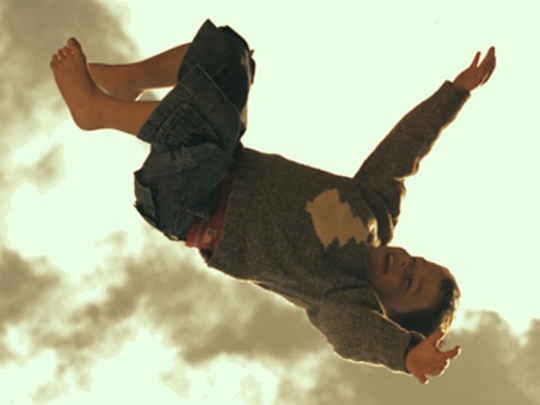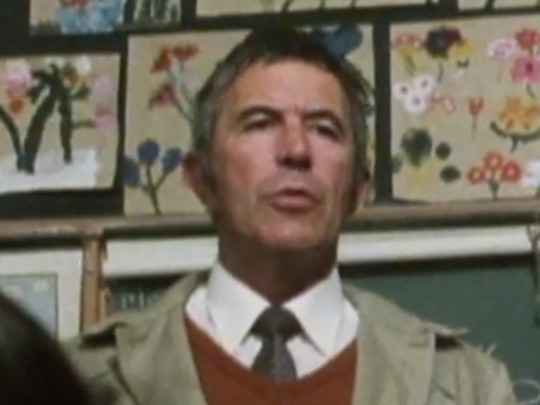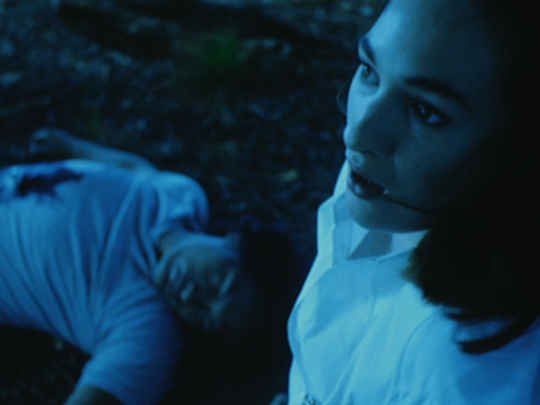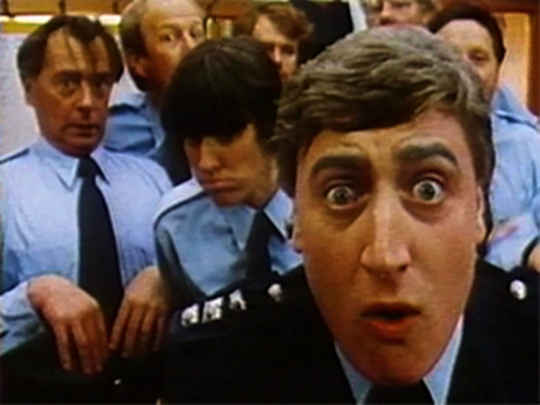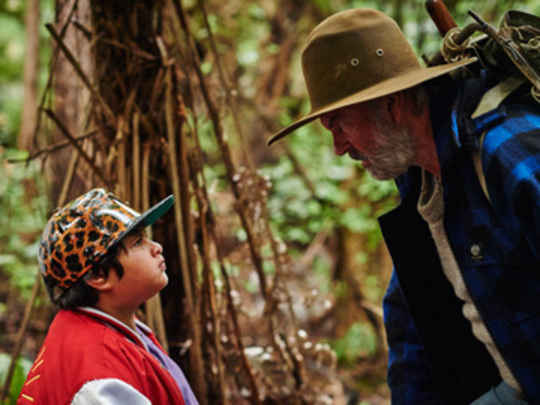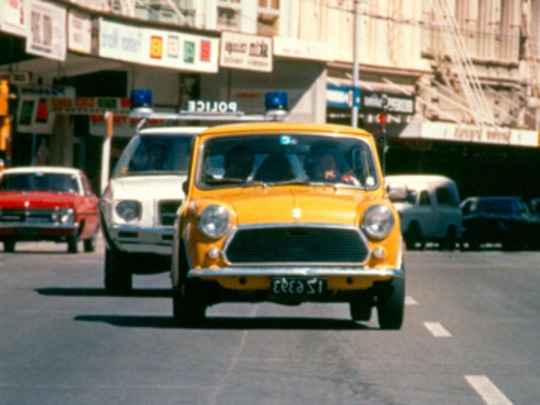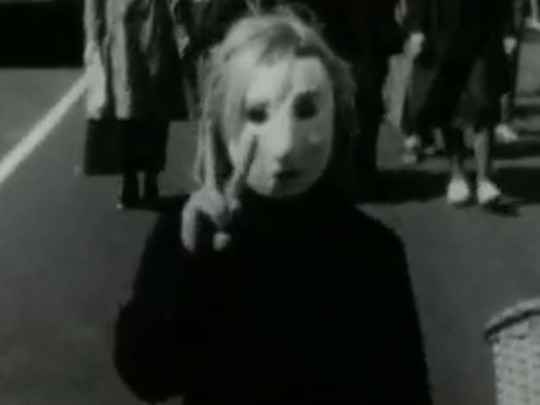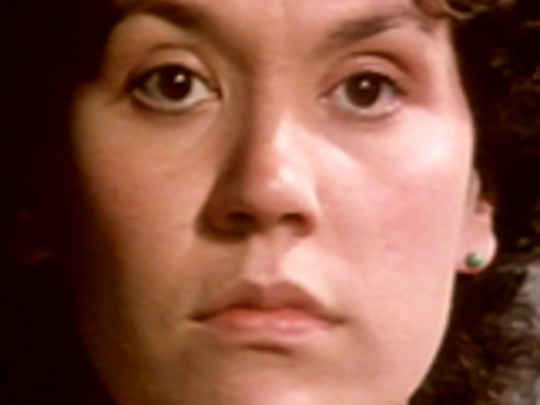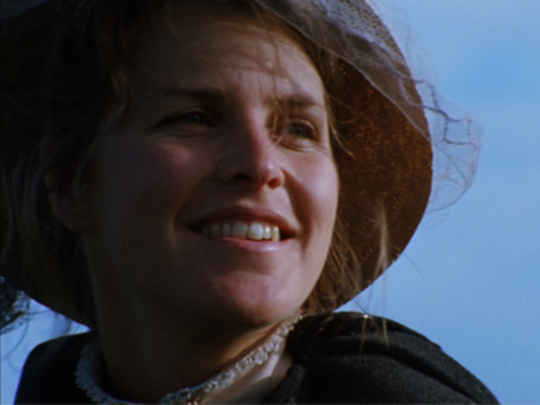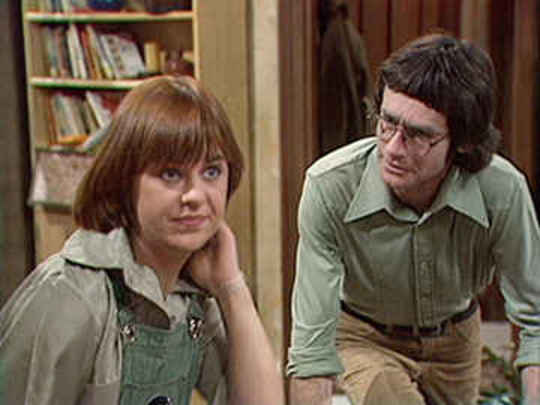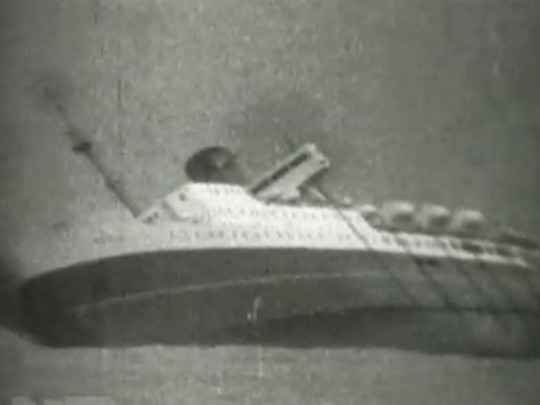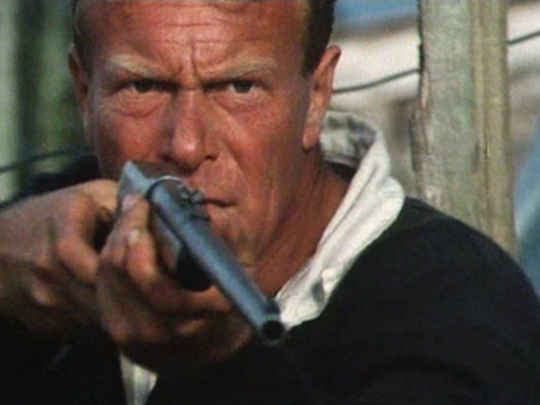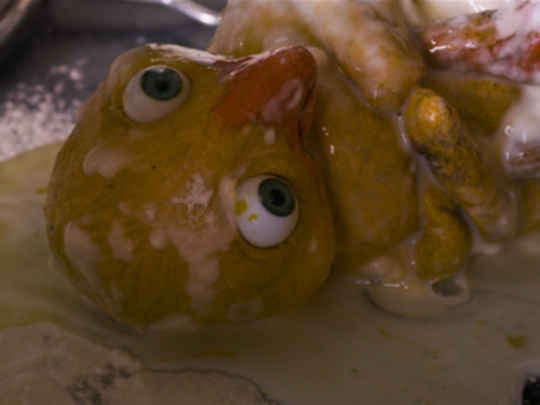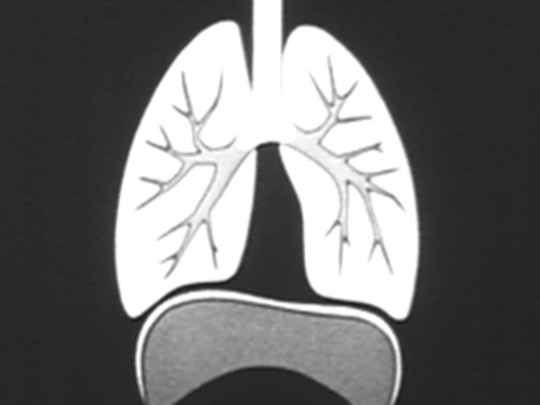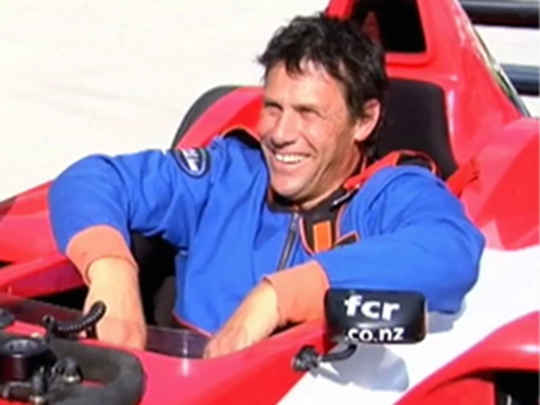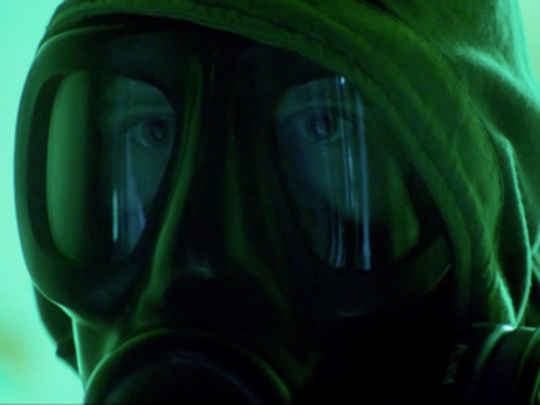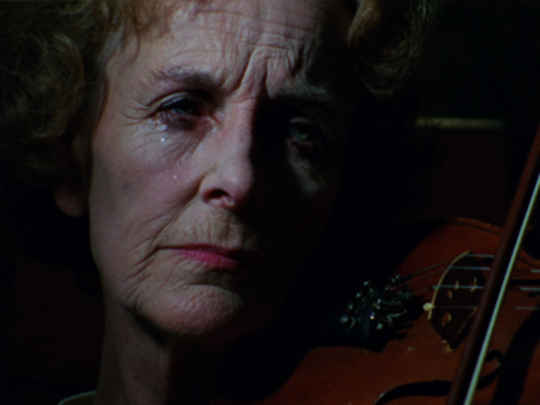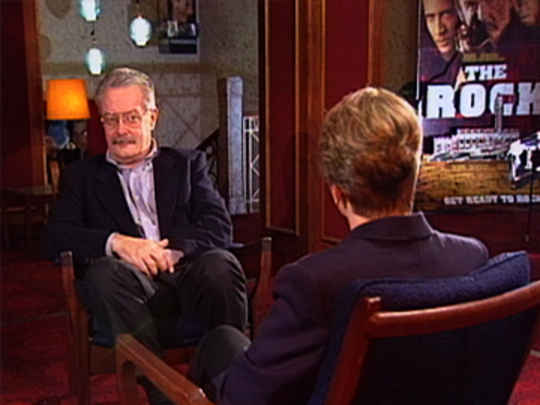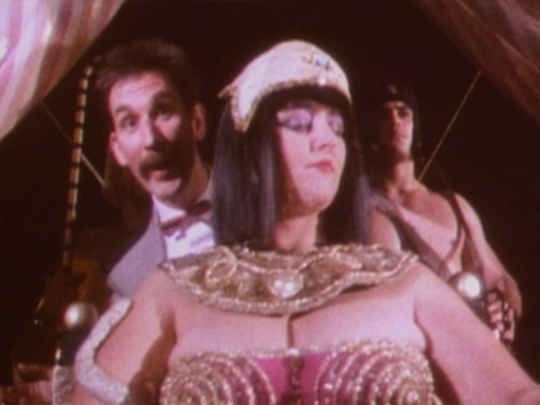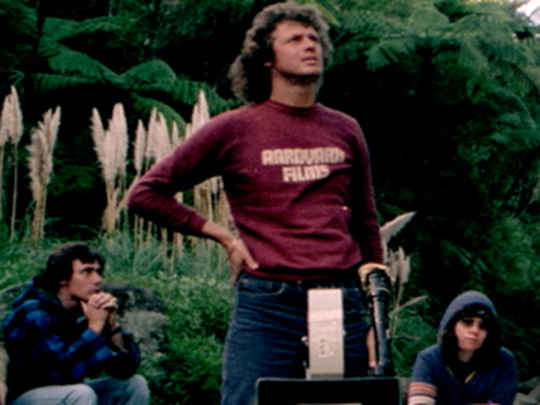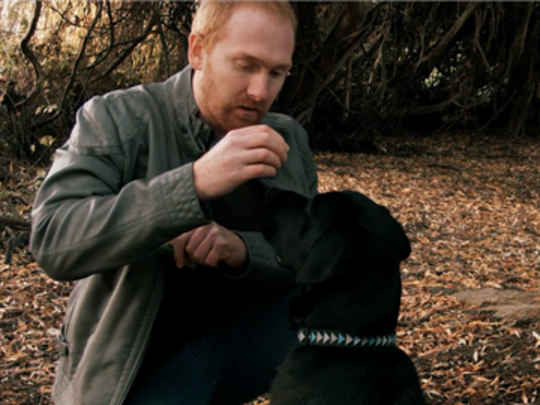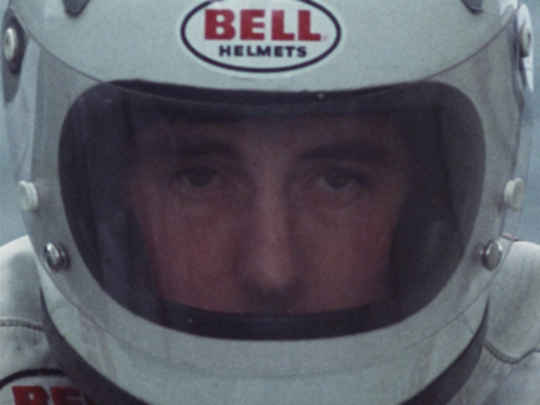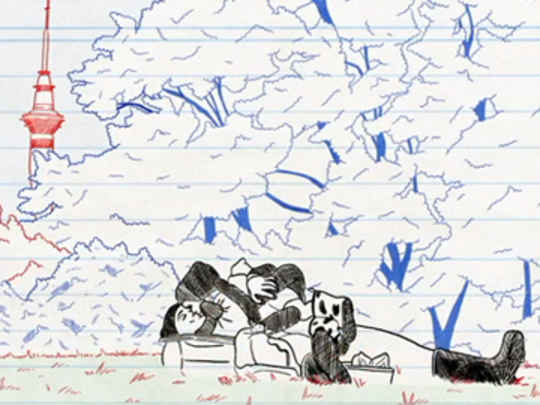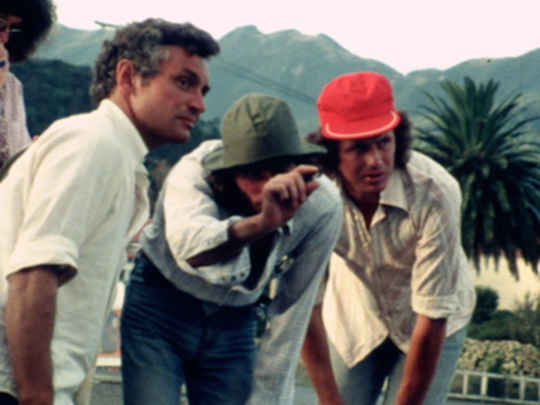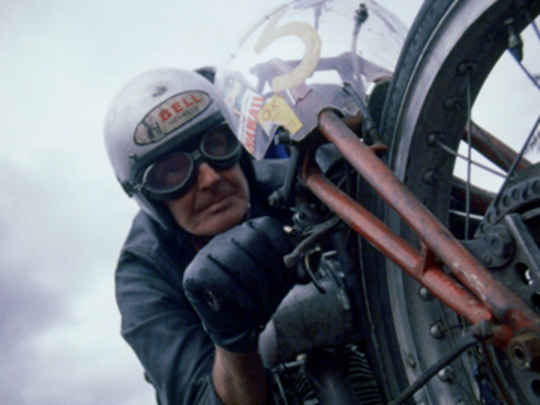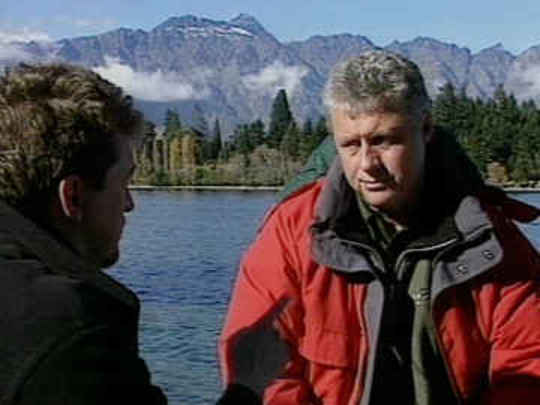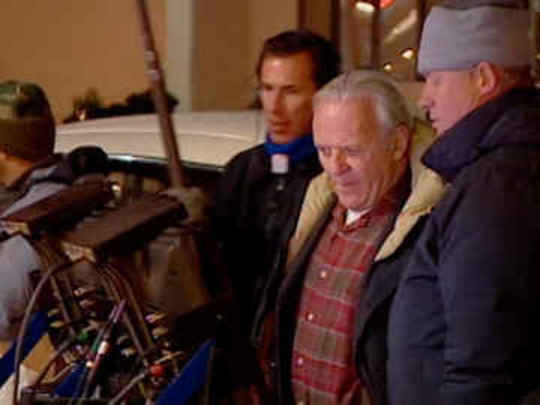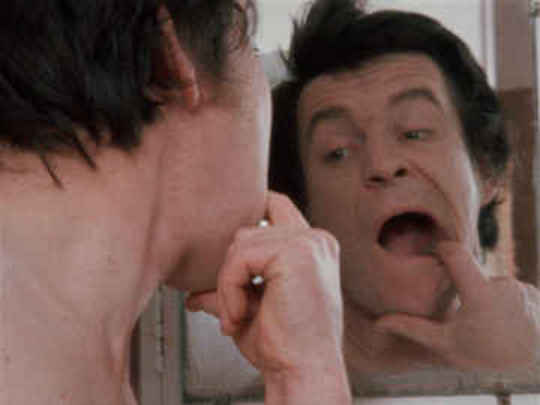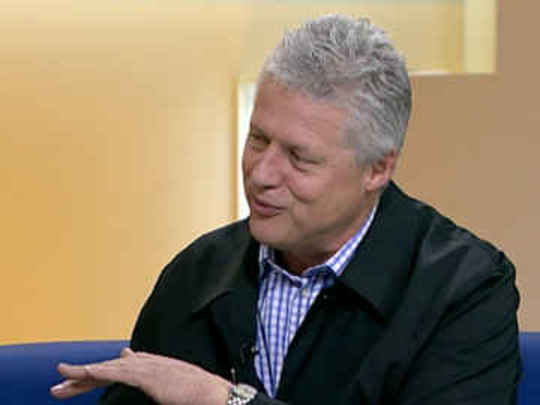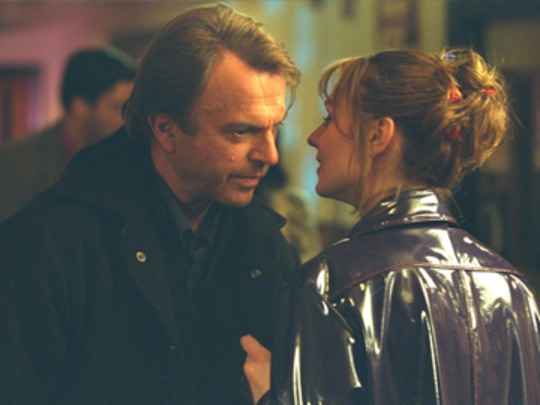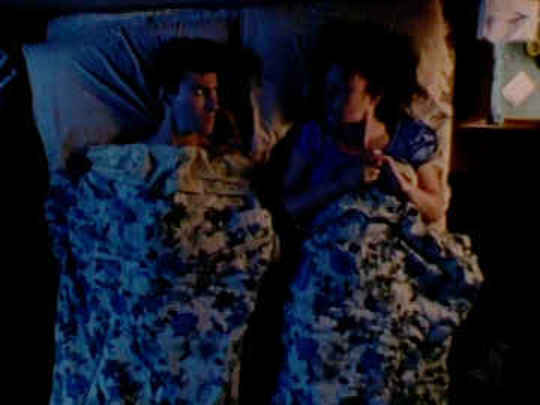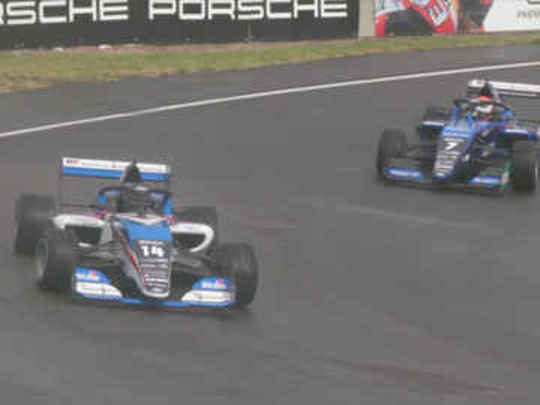Smash Palace
Film (Trailer and Excerpts) – 1981
A perspective
Kiwi author Hamish McDouall is not alone in calling Smash Palace a masterpiece; "not only because it wrestles outrageously with difficult subject matter, but because it contains two of the most astonishing acting performances in New Zealand cinema history."
The New York Times called Smash Palace one of the ten best films of 1981, while Variety praised the "superlative performances", and called it "superbly constructed and paced".
Smash Palace was Roger Donaldson's second feature. He got the idea for the film while travelling overseas with his debut movie Sleeping Dogs; Donaldson saw a newspaper article about a five-year-old English boy caught up in a gun siege, after being abducted by his father.
The Smash Palace budget was significantly more than his first effort, though the newly formed NZ Film Commission were reluctant to fund it, partly due to reservations about the script. Commission member John O'Shea helped convince the unpersuaded, arguing that Donaldson was one of the reasons why the commission had been set up in the first place.
Donaldson took a calculated risk in giving one of the key roles to Keith Aberdein, whose experience as a writer far outweighed his work as an actor (ironically Aberdein had originally advised against making, it, as he admits here). For the part of Bruno Lawrence's on-screen wife, Donaldson found Italian/Spanish actor Anna Jemison in Australia (now Anna Maria Monticelli). Playing the daughter who is kidnapped by Bruno's character was nine-year-old discovery Greer Robson. Robson had only acted in commercials previously.
On location in the central North Island, lead actor Bruno Lawrence made sizable creative contributions, taking part in writing sessions after each day's filming. Smash Palace's memorable car graveyard can still be found in Horopito, not far from Ohakune.
One condition of funding was that Smash Palace be ready to play at the Cannes Film Festival in May 1981. This was an extremely tight time frame, as only four months lay between the start of the shoot and the Cannes screening. Editor Mike Horton worked extended hours, and clever planning by Film Commission head Don Blakeney helped the film meet its target. At Cannes the film was a triumph, winning rave reviews by respected American critics like Pauline Kael (who described it as "an amazingly accomplished movie") and Roger Ebert, who called it one of the year's best films.
The film's success soon led to offers of international work for Donaldson, and soon he was directing major international names like Mel Gibson, Anthony Hopkins and Laurence Olivier in The Bounty.
Smash Palace found glory at Cannes, and screened at the London Film Festival before its first New Zealand screenings in January 1982. The producers felt that, if it won attention internationally, the film would be given the stamp of approval necessary to encourage audiences at home go and see it — reflecting a cultural anxiety about the validity of ‘our stories'. Following on from the Cannes screenings, it achieved significant critical acclaim in the United States.
It's hard to imagine this film without Bruno, who captivates with his bald, brooding presence as broken ex-racing driver Al Shaw. Al is a strong, masculine character, but Bruno plays him with a tender and emotional side. Despite his actions, he easily gains empathy with an audience. Interestingly Bruno wasn't one of the original contenders for the role, and only came to Roger's attention through a chance encounter.
After such an unsparingly authentic (personal?) film, Donaldson, perhaps surprisingly, left New Zealand for a long studio career in Hollywood. He gained admiration from a new generation of New Zealand audiences with his homecoming production of The World's Fastest Indian, which proved a major local hit.
